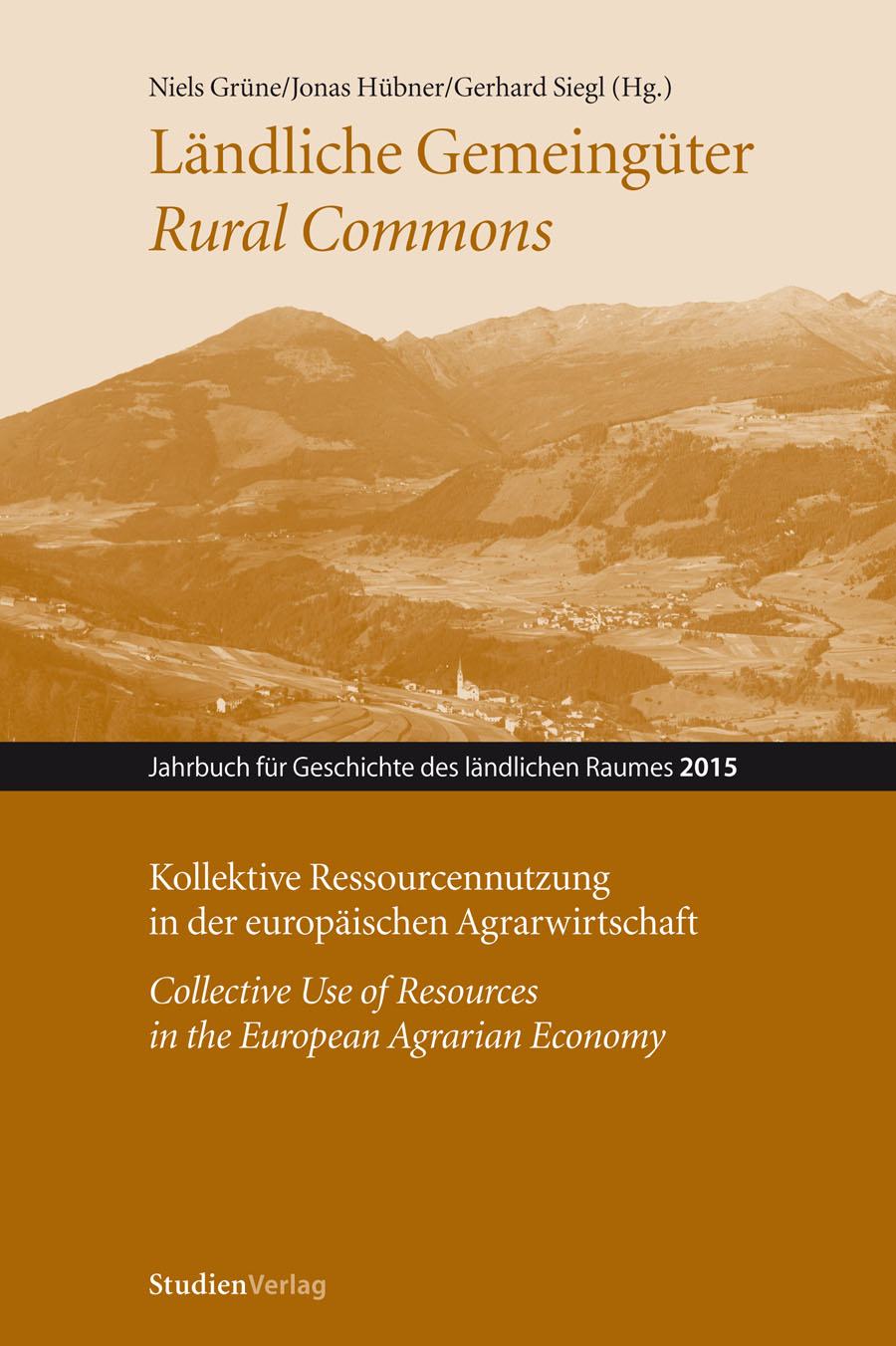The commons in late medieval and early modern Poland
An unattended historical phenomenon
DOI:
https://doi.org/10.25365/rhy-2015-6Abstract
Although historians have long been aware of the economic significance of rural commons, Polish historiography has barely been concerned with this issue and has not produced any monographic or synthetic studies. The earliest information about the commons comes from thirteenth-century sources documenting conflicts between rural communities and feudal lords. The most important elements of Polish rural commons were central squares, meadows
and pastures with open access to water and forests. Direct management of the commons was in the hands of sołtys (village leaders), who consulted their decisions with other members of the community. Unfortunately, since the commons were not taxed, they were not included in inventories and tax records. Thus, it is very difficult to estimate their size. Some forms of the commons survived in the Polish lands until the second half of the twentieth century.


